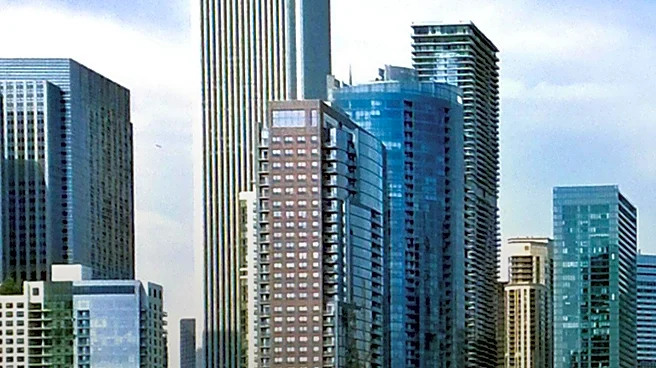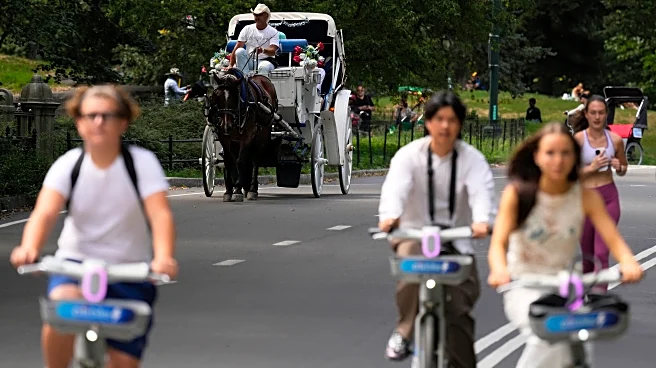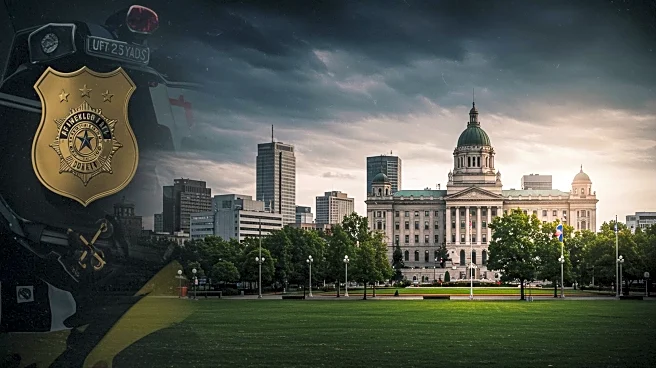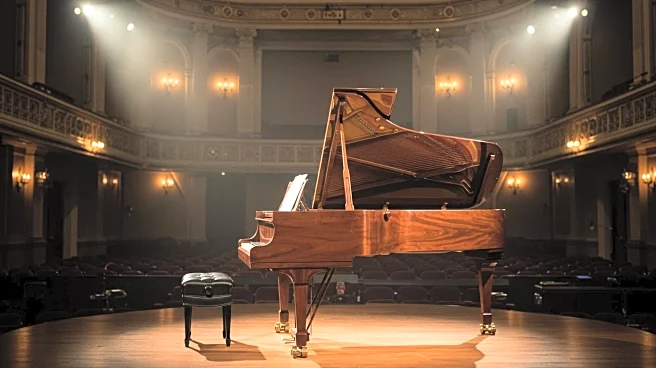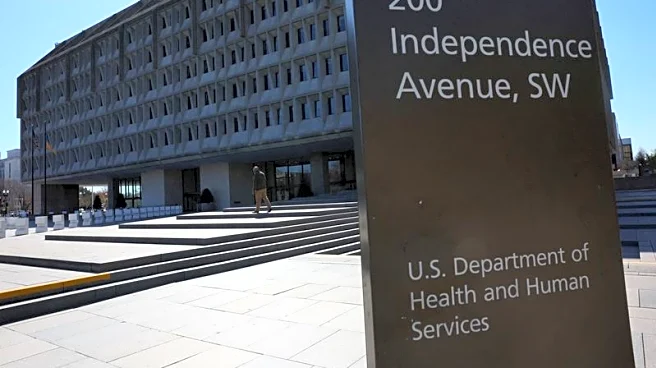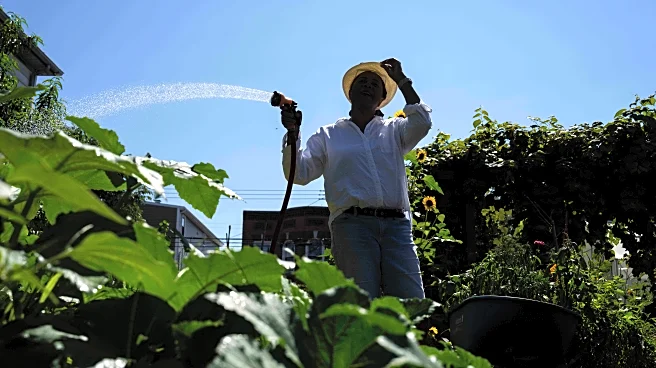What's Happening?
Michael McColly, a Chicagoan, has been exploring the city on foot, discovering the potential for urban walking to enhance both personal health and community cohesion. His experiences reveal the stark contrasts between neighborhoods and the impact of urban planning on social and environmental health. McColly emphasizes the role of individual and community efforts in restoring natural spaces, such as the Montrose Beach and Bird Sanctuary, which have become sanctuaries for both people and wildlife. Walking has gained popularity since the COVID-19 pandemic, offering numerous health benefits and fostering social interactions that are vital for the vitality of cities.
Why It's Important?
The resurgence of walking as a popular activity underscores its potential to address various urban challenges, including social isolation, environmental degradation, and public health issues. By encouraging walking, cities can promote healthier lifestyles, reduce pollution, and enhance community interactions. The restoration of natural spaces through community efforts demonstrates the power of grassroots initiatives in urban renewal. This approach not only improves the quality of life for residents but also contributes to the sustainability and resilience of urban environments.
What's Next?
As cities recognize the benefits of walking, there may be increased investment in infrastructure such as greenways, trails, and bike paths to connect neighborhoods and promote accessibility. Community-led restoration projects could inspire similar initiatives in other urban areas, fostering a culture of stewardship and environmental responsibility. Policymakers and urban planners might prioritize pedestrian-friendly designs to enhance the livability of cities and support public health goals.
